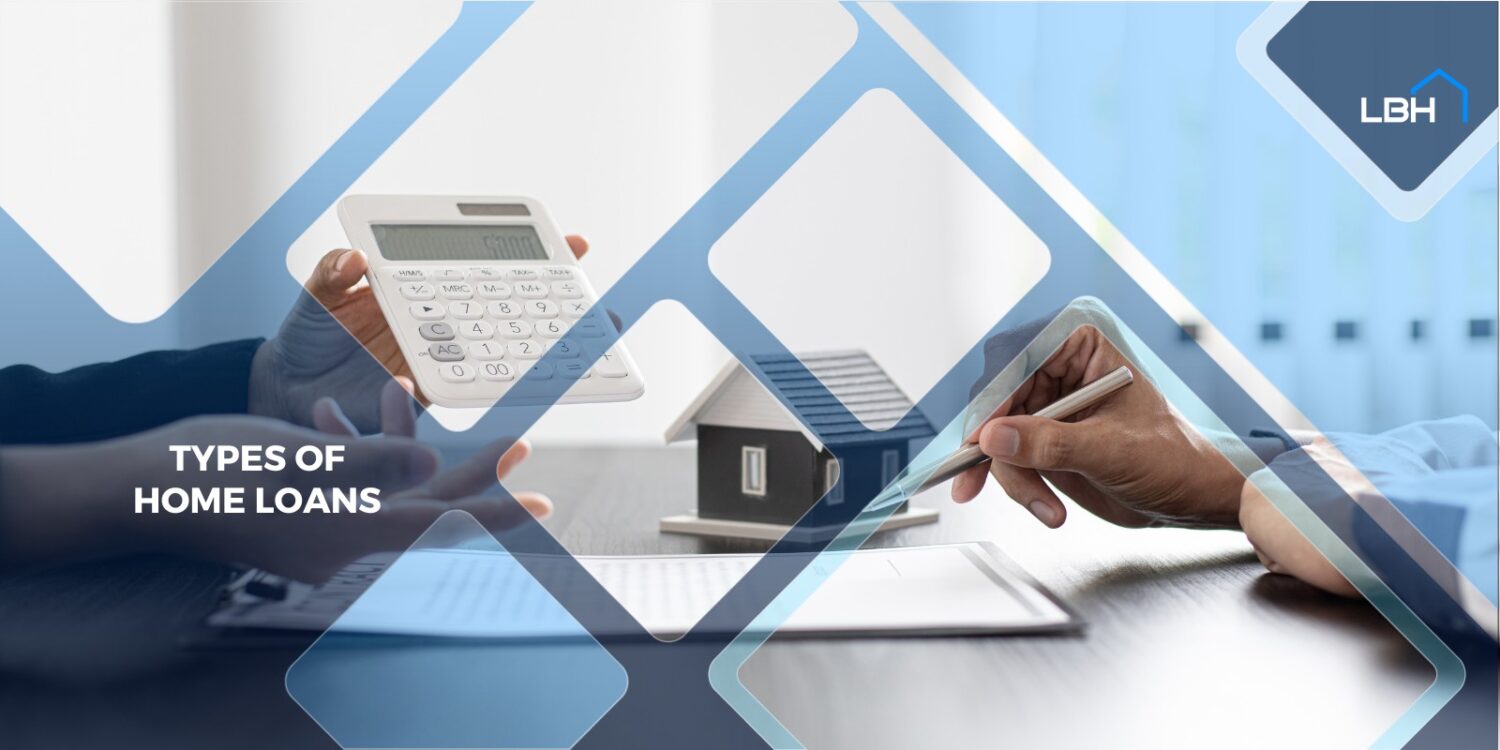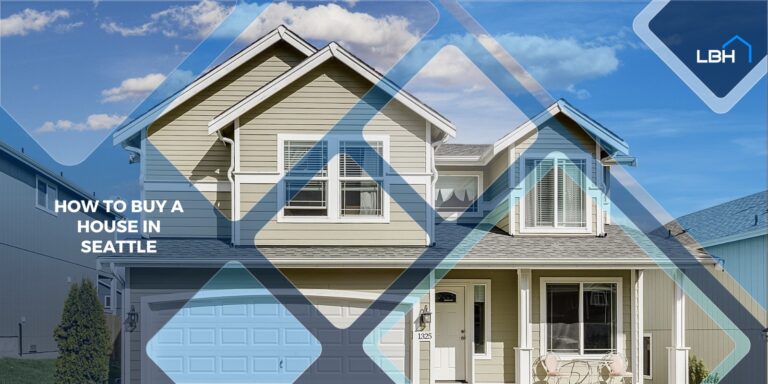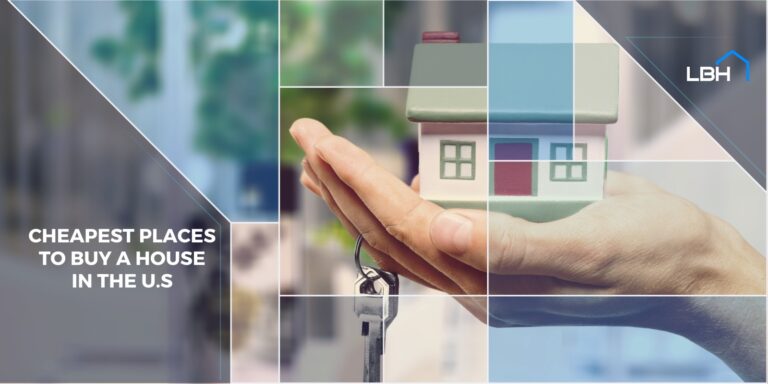If you’re a first-time homebuyer, you’re probably overwhelmed by the soaring prices of houses. But before you get too discouraged, know that a home loan can help. They make it possible for the average citizen to purchase their dream home.
Home loans are accessible through mortgage companies, banks, and other financial institutions. You borrow from them to purchase a residence. You must transfer your home’s title to the lender, and they’ll return it to you once you’ve made your last loan payment. Because it’s a secured debt, mortgage rates are usually lower than interest rates of other consumer loans.
But there’s no one-size-fits-all mortgage for aspiring homeowners. There are five types of home loans, and it’s crucial to understand their benefits, drawbacks, and eligibility requirements. That way, you can choose one that suits your financial standing and goals, and you’ll enjoy a smoother home-buying experience.
Conventional Loans
Conventional loans are the most popular mortgage type, suitable for primary residences, vacation homes, and investment properties. All mortgages that aren’t government-backed fall under this home loan type. There are two kinds of conventional loans: conforming and non-conforming loans.
Conforming loans follow the Federal Housing Finance Agency’s (FHFA) credit and loan size guidelines. FHFA set the 2024 conforming loan limit to $766,500 for most areas and $1,149,825 for high-cost states. Conforming loans are eligible for purchasing by Freddie Mac and Fannie Mae.
These two government-back enterprises (GSE) buy loans to give lenders more capital to cater to borrowers.
Meanwhile, non-conforming loans don’t adhere to FHFA standards. They exceed the loan limit guidelines, so GSEs can’t purchase them. That makes them riskier for lenders than conforming loans.
The best advantage of conventional loans is the low down payment. First-time homebuyers can pay as low as 3%, while the minimum for homeowners is 5%. That said, the drawback is the high credit score requirement.
Borrowers usually need to have a minimum score of 620, which is much higher than what government-backed mortgages require. You must also purchase private mortgage insurance (PMI) if you pay less than 20% down payment.
Government-Backed Loans
While the US government doesn’t give out home loans, it does back three types of mortgage loans. Government agencies insure FHA, VA, and USDA loans, making them more accessible and beneficial to borrowers. Depending on your eligibility, you can save on the down payment or interest.
The Federal Housing Administration insures FHA loans, benefiting those with lower credit scores. You can borrow with a credit score as low as 580, with a required 3.5% down payment. Even those with a score of 500 are eligible, given you pay a 10% down.
The drawback is you must pay mortgage insurance premiums, adding to the total cost. That helps cover lenders when borrowers default. Another downside to FHA loans is the low loan limit. You can’t borrow as much compared to conventional loans.
VA loans, backed by the Department of Veteran Affairs, are for the US military. That includes active members, veterans, the National Guard, and military reserves. Surviving spouses are eligible, too. With a VA loan, you can buy a home with zero down payment. You can also expect lower interest rates compared to other types of loans for homes.
But as with any loan, there are disadvantages. VA loans usually require a minimum credit score of 620. You must also shell out for a VA funding fee. In addition, you’re limited to VA-approved appraisers and builders for your home.
The US Department of Agriculture backs USDA loans, which cater to middle and low-income borrowers in rural areas. There are no mortgage insurance or down payment requirements, and you can use them for various types of homes. These include condos, single-family homes, and manufactured homes.
However, you must meet specific income requirements to qualify for a USDA loan. You also have to pay an annual guarantee fee. Another downside is that some USDA loans limit the size of your house and what amenities you can include.
Government-backed loans can be easier to qualify for. They also provide saving opportunities through lower interest and down payment. They’re ideal for borrowers with little savings and low credit scores.
While they have many benefits, it’s essential to consider their disadvantages. You must meet specific requirements to qualify and most likely have to pay upfront for insurance premiums.
Fixed-Rate vs. Adjustable-Rate Mortgages (ARMs)
Fixed-rate and adjustable-rate mortgages (ARMs) are the complete opposites. As you can tell by the name, fixed-rate mortgages maintain the same principal and interest rate throughout the loan’s life.
You might experience fluctuations as insurance rates and property taxes change, but you can expect to pay roughly the same amount monthly. Loan terms are usually between 15 and 30 years.
Fixed-rate mortgages are ideal for borrowers who have decided on their forever home. Because you know how much you’ll be paying monthly, it’s easier to budget and plan your long-term financial goals.
But there are some drawbacks to keep in mind. You’ll pay a high rate immediately, as fixed-rate mortgages don’t have introductory rates like ARMs. And if you lock in a high rate, you might pay more in the long run.
As for ARMs, they’re 30-year mortgages with variable interest rates. Your monthly payments depend on market rates, making them hard to predict. But to ease you in, your lender will start you with an introductory rate that will stay the same for 5 to 10 years.
It will be lower than the interest rate of 30-year fixed-rate mortgages. After the introductory period, you’ll pay more if market rates go up and less if they go down.
While the unpredictability can be scary, rate caps are in place to protect borrowers. Even if interest rates keep soaring, your rate won’t exceed the cap. It protects lenders, too, ensuring your rate won’t go below a certain level.
ARMs are perfect for those who want to purchase a starter home before looking for a permanent residence. The low introductory rate will help you save if you don’t plan on staying in your home throughout the loan’s life.
You can also use the introductory period to allocate extra toward loan repayment. While interest rates are still low, use the savings to pay off the principal. That will save you thousands of dollars in the long run. While there are saving opportunities, prepare for a possible dramatic increase in your monthly payments after the introductory period.
Jumbo Loans
If you’re buying a high-value property, conforming loans won’t cut it because they usually max out in the $700,000 range. That’s where jumbo loans come in. This type of conventional loan allows eligible borrowers to take out a million dollars or even more. But even if they deal with higher amounts, jumbo loans’ interest rates are similar to conforming loans.
The downside is it’s much harder to qualify for jumbo loans versus other home loan types. Lenders usually look for a credit score of 700 or higher and a low debt-to-income ratio. They also require a higher down payment between 10% and 20% if the loan is for an investment property or a second home. In addition, not every lender offers jumbo loans, so you might have to do some research.
Jumbo loans are ideal for borrowers who want to finance an expensive home. It’s usually your only option if you live in a high-cost area. But before you apply for one, you might want to work on your credit profile and DTI ratio.
Other Home Loan Options
If none of the most common loan types for homes match your needs, don’t worry. There are other loan options for you.
Get a construction loan if you need funds to build a home. If your house needs a sprucing up, consider a renovation loan. For those over 62 years, you can take out a reverse mortgage. You can borrow against your home equity and won’t have to make repayments for the rest of your life.
Make an informed decision by doing a loan comparison. Also, shop around for lenders and compare rates. That way, you can get the best deal and boost your savings.
Choosing the Right Home Loan
Finding the right home is a lot of work, but it doesn’t end there. You must also find the right home loan to finance your dream house. And to do that, you need to consider various factors. The most crucial one is your income. There are countless other expenses aside from loan repayments. Be realistic about what you can afford so you don’t feel burdened.
The loan term is another essential consideration. You’ve probably heard of 30-year mortgages, but that’s not your only option. You can take out a 15-year loan if your budget allows. You’ll save on interest costs and be debt-free much sooner. Some lenders even offer flexible loan terms, allowing you to choose from 10 to 30 years.
Interest rates are something else to think hard about. You can lock in a fixed rate for the entire loan term, saving you from unpleasant surprises. Or you can go for a variable rate that fluctuates with the market. You might be able to save when the market’s down, but you must also prepare to pay more when it’s up.
Lastly, evaluate your eligibility. Don’t waste your time applying for a home loan you’re not qualified for. Look at your credit score, DTI, and other financial metrics and shortlist the possible options.
There Is a Home Loan for Everyone
The skyrocketing prices of housing can make homeownership seem far-fetched. But when you research and explore your options, you can land the ideal home loan and turn your dreams into reality. There are various home loan types, each with unique pros and cons. It’s a matter of finding the one that works best for you.
Conventional loans might be for you if you don’t want to pay a huge down payment. But if the interest rate is your top deciding factor, you can choose between a fixed-rate or adjustable-rate mortgage. For those living in high-cost areas, you can borrow more funds through jumbo loans. If you’re eligible, you can also consider government-backed loans to save on down payment and interest costs.
It helps to consult with a mortgage professional. They will lay out your options and help you choose the best home loan for your current financial situation and long-term goals.












